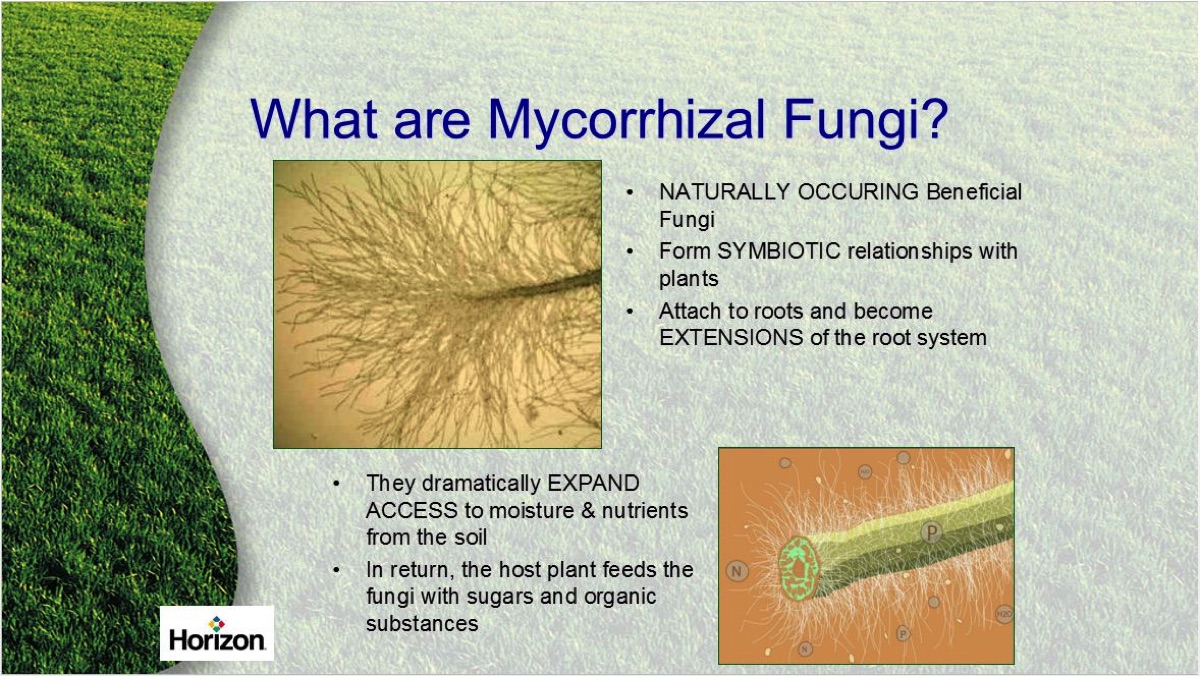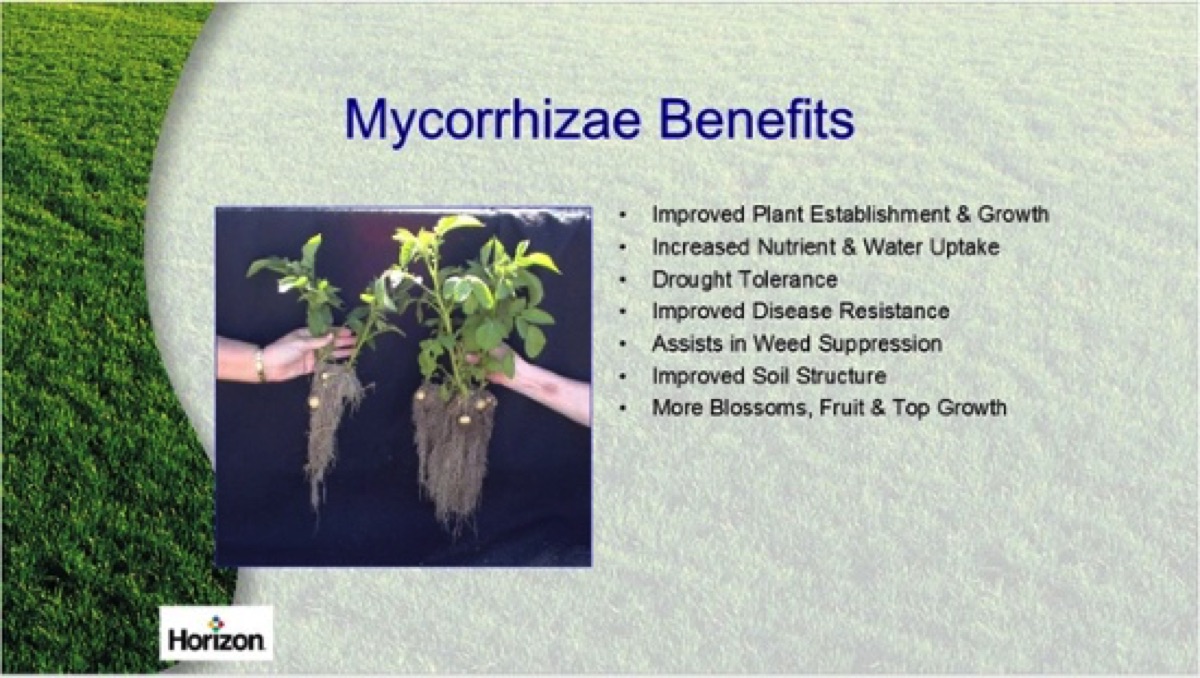- Categories:
- Water Conservation
- Drought Solutions

Having trouble getting a good result with your turf, plants, or flowers? An underdeveloped or damaged root system may be the cause.
In part 17 of our Drought Solutions video series, we’ll look at a common misconception that most people have about roots, how mycorrhizal fungi forms a symbiotic relationship with plants, and seven reasons to use Mycorrhizae on the properties you manage.
Video Transcript
How do the nutrients and microbes get into the plant?
This is a microscopic view of a root. Most people think the root is the piece of the plant that soaks up the water. The root is actually just the anchoring device. That's the device that holds that plant in the ground, whether its turf or whether it's a tree. The root is the anchor.
The root hair - something that we can't see - if these hairs are damaged and/or the soil around on them is so bound up with salts that the microbes and the nutrient load can't get into these root hairs, the soil's not doing anything for you.
You can plant and plants and plant on that soil and you won't get any results out of it because your nutrients can't get into the plant. Your nutrients are bound up in the soil particle and there's no way for them to get in.
So we are trying to always build bigger, better root systems. Bigger, better root systems whether it's in our flower beds, whether it's in our turf plots, whether it's in our trees. The bigger, better roots you get, the more drought resistant that plant's gonna be. No matter what plant it is.
What are Mycorrhizal Fungi?

So, how can we do that? Has anybody ever heard of mycorrhizal? Mycorrhizal fungi.
What it is it's a naturally occurring beneficial fungi that forms a symbiotic relationship with the plants. So what this mycorrhizae does is once you get it into your soil profile, it gets on all of these root hairs and it expands that root hair. And not only does it expand that root hair, but now it grows because it feeds on the roots. It pulls starches and sugars from the plant so that the mycorrhizae can stay alive. That fungi can stay alive. So it starts building in the soil profile and it makes these roots stronger, better, healthier.
It comes in a couple different forms. Here's a $26 packet of a water soluble. So you could syringe that or it comes in a granular. You can syringe that into your soul profile. If you want flowers to just blow up out of the planter bed and look crazy and produce like crazy, that's a great product to start with.
7 Benefits of Mycorrhizae

So what it does: here's a plant without mycorrhizae and here's a plant with it. Planted exactly the same time. One of the soil plots had mycorrhizae, the other one didn't. Obviously this one did. It puffs up those roots. It gives us this what they call mycorrhizal hyphae and I'll look at that in the next slide.
You improve the plant establishment and growth. Obviously, the better the root structure, the stronger, the healthier, the more the plants gonna grow.
Increases your nutrient and water uptake. It's gonna take that water that would normally leach past it. It's going to soak it up and now it's gonna store it in its own roots. So it gives that plant more drought tolerance.
Improved disease resistance because now we got a real healthy root structure.
Assists in weed suppression. This is where in your turf plot, if you've got all of this mycorrhizae and you've got all these roots forming this big mass underneath your turf plot. And a weed comes in and it tries to get dominance, the turf's already got dominance over it. That weed's not going to survive.
Improves your soil structure because now those roots are going down and they're getting into that soil profile and they're creating pore space.
You get more blossoms, more fruit, and more top growth. And the top growth here is not like you're gonna get spikes in turf growth like you do when you put a straight synthetic fertilizer on and you get that huge spike where the guys are mowing hay for a couple weeks.
You get a real nice even top growth. So you're not going to get spikes in growth. Cause spikes in the turf growth are very, very detrimental to your turf. It's a huge stress on the turf.
So what the mycorrhizae does is it forms this cotton ball like mass underneath these roots and around these roots. So here's your roots that are your structure, that are holding this plant in place and then all of this what they call mycorrhizal hyphae is those roots expanding out. They form like this cotton ball mass around these roots and their feeding from the roots but they're also taking and gathering nutrients up for that plant.
Click Here for More Drought Solutions